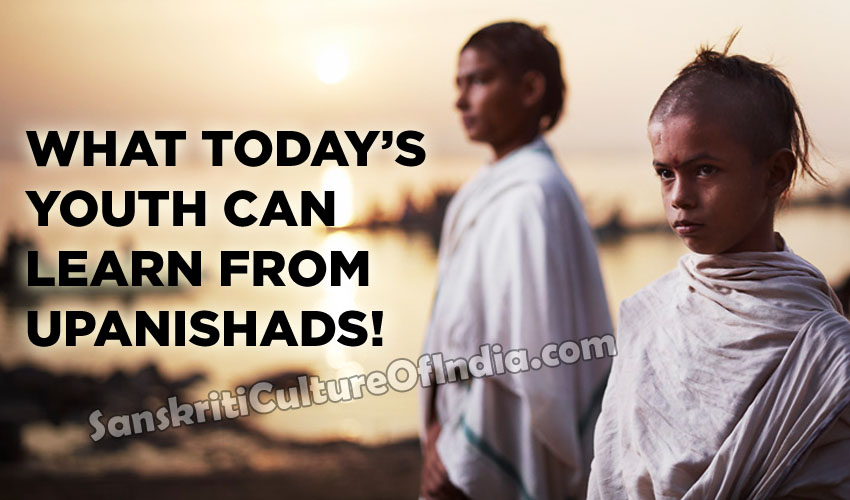The Vedas are ancient scriptures which teaches that each one of us are in truth the Eternal Consciousness and not the limited ego that we falsely identify ourselves with. We are not our possessions but the boundless Spirit, powerful and compassionate.
THE VEDAS AND UPANISHADS
The wisdom was handed down orally by ancient sages until Sage Vyasa compiled them into four Vedas known as the Rig, Yajur, Sama and Atharva (pg.152, Chinmayananda.) Each one of the four Vedas are divided into four sections. The first three portions are Mantras or gestures to accept the divine existence, Brahmanas or ritual descriptions of Gods and Aranyakas or contemplation of the Divine in seclusion.
The last section is known as the Upanishads or the description of the methods to contact the Universal Spirit with the Spirit inside of us. There are a hundred and eight (108) Upanishads. The collection of Upanishads or the end portion of the Vedas is known as the Vedanta.
THE SOCIETY TODAY
In racing ourselves to survive, sadly we have even forgotten how to effectively thrive on the earth plane. As a result we live in a world, of fears of pollution and global warming.
Disconnectedness is a bane of existence of our times. We are disconnected from nature, people and most of all within our own self. Enough of us have forgotten that it is the inner world through which we can navigate the material world, be it for better or worse. Due to the ignorance to handle the power of our own spirit, we are crippled rather than prepared to face the many kinds of suffering arising in the world. We watch helplessly as the web of conflict and poverty spread around us.
YOUTH AND SPIRITUALITY
The youth of today face unique life challenges because of the materialism that has consumed the societies world wide. While we prepare our children to study science, math, reading and writing, it is also essential that we nurture a society which helps them remember their radiant inner Spirit. The nature of one’s Inner Self that the teachings of the Upanishads brings to everyone’s attention, is one of strength rather than weakness. It is a strong individual who alone is capable of spreading love, happiness and peace
Conflict and suffering, exploitation and poverty, are creations of humans weak in spirit. Remembering and living who we truly – which is the message of the Upanishads as it is of all religions – helps every one, including the youth to thrive in peace and happiness.
A society awakened to walk naturally the truths contained in the Upanishads, is a happy society. In such a society, the youths are intellectually prepared to make use of the knowledge they learn to contribute to life, which includes nature and humans, oneself and others.
CONCLUSION
The goal of life is to experience one’s own true nature. The true nature of each human is sat-chit-ananda (Sanskrit) or the Existence/Truth-Consciousness-Bliss. The sacred texts of the Upanishads prepare one to plunge into the experience of oneself. The one who has reached the supreme goal of life becomes a living Upanishad.
“Know that the Self is the rider, and the body the chariot; that the intellect is the charioteer, and the mind the reins (in Hindu psychology the mind is the organ of perception.)
The senses, say the wise, are the horses; the roads they travel are the mazes of desire. The wise call the Self the enjoyer when he is united with the body, the senses, and the mind” (pg.28-29, Prabhavananda)
~ by Bhamini Gobiraj
References:
1. Chinmayananda, Swami, “Self-Unfoldment,” Chinmaya Publications, 1993
2. Prabhavananda, Swami and Manchester, Frederick, “The Upanishads : Breath of the Eternal,” Vedanta Press, 1976










